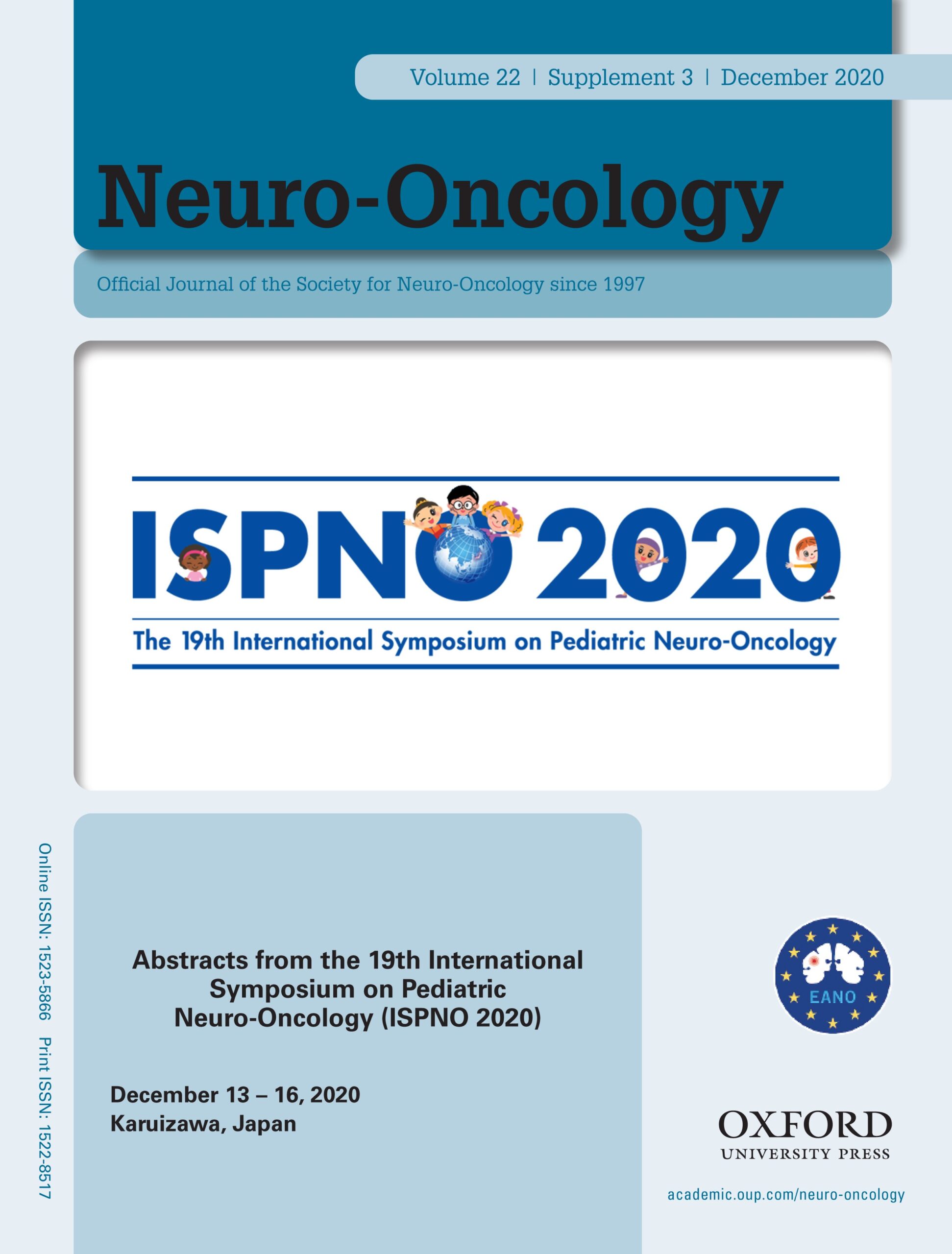Clinical Trial
PNOC007: H3.3K27M Specific Peptide Vaccine Combined with poly-ICLC for the Treatment of newly diagnosed HLA-A2+ H3.3K27M Positive Diffuse Intrinsic Pontine Glioma (DIPG) as well as other newly diagnosed HLA-A2+ H3.3K27M Positive Gliomas
PNOC007 (Stratum A & B) Study Publication
PNOC007 is now closed, and clinical trial results are now available as published in the Neuro-Oncology in December 2020.
viewable here:
Immunotherapy, particularly active vaccinations, has the potential to develop as an effective and safe modality for patients with pediatric malignant gliomas. Vaccines using specific peptides, in comparison to whole glioma-derived antigens, may induce glioma-specific immune responses without theoretical concerns of auto-immune encephalitis. Use of modified peptides (peptides in which amino acid residues are replaced from the wild-type sequence) may allow us to induce more efficient T-cell responses than natural antigens in whole glioma cells. Recent published laboratory data have also shown that administration of poly-ICLC along with the synthetic peptides remarkably enhances the induction of anti-peptide cytotoxic T lymphocyte (CTL) responses and trafficking of antigen-specific T-cells to the brain tumor sites. PD-1 plays an important role in suppressing the immune system by inhibiting T cell inflammatory activity and has been shown to play a role in tumor evasion of the immune system. We hypothesize that the combination of PD-1 inhibition with the H3.3K27M specific peptide vaccine will improve activity of the peptide vaccine, by amplifying the response of peptide-primed T cells against the tumor.
Stratum A:
• To assess the safety of repeated administration of the H3.3K27M epitope specific vaccine in HLA-A2 (02:01)+ children with H3.3K27M positive DIPGs.
• To determine the overall survival at 12 months (OS12) in HLA-A2 (02:01)+ children with DIPG that are treated with repeated administration of the H3.3K27M peptide.
Stratum B:
• To assess the safety of repeated administration of the H3.3K27M epitope specific vaccine in HLA-A2 (02:01)+ children with H3.3K27M positive midline gliomas other than DIPG, including spinal cord gliomas.
Stratum C:
• To assess the safety of repeated administration of the H3.3K27M epitope specific vaccine in combination with the PD-1 inhibitor nivolumab in HLA-A2 (02:01)+ children with H3.3K27M positive midline gliomas including DIPG and midline gliomas (excluding spinal cord tumors).
Funding is provided by The V Foundation and BMS.
Immunotherapy, particularly active vaccinations, has the potential to develop as an effective and safe modality for patients with pediatric malignant gliomas. Vaccines using specific peptides, in comparison to whole glioma-derived antigens, may induce glioma-specific immune responses without theoretical concerns of auto-immune encephalitis. Use of modified peptides (peptides in which amino acid residues are replaced from the wild-type sequence) may allow us to induce more efficient T-cell responses than natural antigens in whole glioma cells. Recent published laboratory data have also shown that administration of poly-ICLC along with the synthetic peptides remarkably enhances the induction of anti-peptide cytotoxic T lymphocyte (CTL) responses and trafficking of antigen-specific T-cells to the brain tumor sites. PD-1 plays an important role in suppressing the immune system by inhibiting T cell inflammatory activity and has been shown to play a role in tumor evasion of the immune system. We hypothesize that the combination of PD-1 inhibition with the H3.3K27M specific peptide vaccine will improve activity of the peptide vaccine, by amplifying the response of peptide-primed T cells against the tumor.
Stratum A:
• To assess the safety of repeated administration of the H3.3K27M epitope specific vaccine in HLA-A2 (02:01)+ children with H3.3K27M positive DIPGs.
• To determine the overall survival at 12 months (OS12) in HLA-A2 (02:01)+ children with DIPG that are treated with repeated administration of the H3.3K27M peptide.
Stratum B:
• To assess the safety of repeated administration of the H3.3K27M epitope specific vaccine in HLA-A2 (02:01)+ children with H3.3K27M positive midline gliomas other than DIPG, including spinal cord gliomas.
Stratum C:
• To assess the safety of repeated administration of the H3.3K27M epitope specific vaccine in combination with the PD-1 inhibitor nivolumab in HLA-A2 (02:01)+ children with H3.3K27M positive midline gliomas including DIPG and midline gliomas (excluding spinal cord tumors).
Funding is provided by The V Foundation and BMS.
Sites Offering This Trial
- CHICAGO, IL Ann & Robert H. Lurie Children’s Hospital of Chicago
- MINNEAPOLIS, MN Children’s Minnesota
- WASHINGTON, DC Children’s National Hospital
- BOSTON, MA Dana-Farber/Boston Children’s Cancer and Blood Disorders Center
- COLUMBUS, OH Nationwide Children’s Hospital
- MEMPHIS, TN St. Jude Children’s Research Hospital
- ST. LOUIS, MO St. Louis Children’s Hospital
- SEATTLE, WA Seattle Children’s Hospital
- HOUSTON, TEXAS Texas Children’s Hospital*
- PHILADELPHIA, PA The Children’s Hospital of Philadelphia
- ZURICH, SWITZERLAND University Children’s Hospital Zürich
- SAN DIEGO, CA University of California, San Diego Rady Children’s Hospital
- San Francisco, CA UCSF Benioff Children’s Hospitals
- SALT LAKE CITY, UT University of Utah
How to Enroll
If you believe your child or patient is eligible for this trial, contact the closest participating site or email us for more information.
